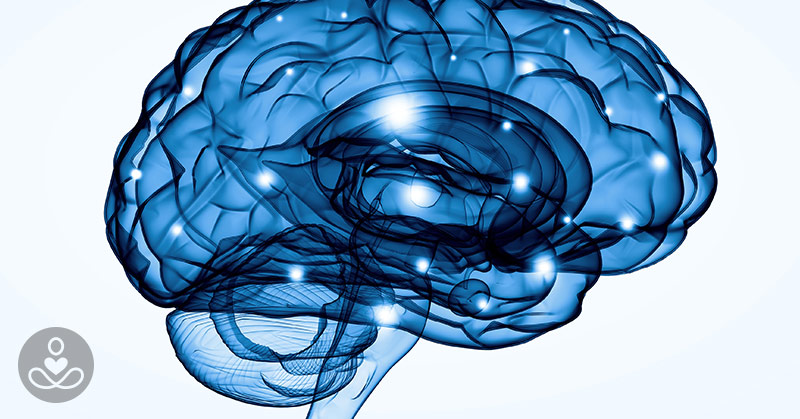In essence, the researchers are trying to tell the world that music is not just food for the soul, but also food for the brain.
Music is a beautiful thing. It has been used since the dawn of time as an ardent form of self-expression and an outlet for emotions. Music has a lot of purposes to humanity, ranging from entertainment to medical therapy.
The study was published in the Journal of Developmental Cognitive Neuroscience in 2016 [1]. Before its release, several other scientific reviews had reported significant structural differences in the brains of musical and non-musical individuals [2]. This particular one began in 2012 as part of a five-year longitudinal study in music and lasted for two years. The researchers, who are neuroscientists at the Brain and Creativity Institute of the University of Southern California, discovered that exposure to music can help a child’s brain develop faster and be more attuned to auditory details.
Details of the study
Initially, 50 children from the same socio-economic background were recruited as participants. The kids were all between the ages of 6 and 7. As the study progressed, 13 children dropped off due to relocation and other issues, therefore they were not included in the final analysis.
The final report was cumulatively based on 37 children. The children were split into three groups for the purpose of comparison. 13 children (5 girls and 8 boys) formed the music group, and they participated in a free music training at the Youth Orchestra of Los Angeles (YOLA). They practiced several instruments for 6 -7 hours every week.
11 children (4 girls and 7 boys) formed the sports group. This group of kids did not engage in any musical training but were enrolled in a community–based soccer program to begin their free sports training. They trained for 6 hours every week.
Finally, the third group of 13 children (2 girls and 11 boys) formed the no-training group. They received neither sports no musical training during the 2-year assessment period.
According to the report: “All three cohorts came from equally under-privileged minority communities and included primarily Latino and one Korean family, in downtown Los Angeles. All children were raised in bilingual households, but all attended English speaking schools and spoke fluent English as revealed by normal performance on the verbal components of the Wechsler Abbreviated Scale of Intelligence (WASI II). Exclusion criteria included any history of psychiatric or neurologic disease in the children.”
Before the study commenced, EEGs were carried out to know the stages of neurological developments the children were at. Subsequently, more tests were carried out to track neuron activity in their brains and monitor systemic developments.
Results of the study
In the last phase of the study, all 37 children underwent a tonal and rhythm discrimination task, during which they had to differentiate variably similar melodies. 24 melodies were played twice over in a random order while the children attempted to spot the differences and similarities in tone and rhythm.
Despite the fact that all the children showed significant recognition of the melodies when they were the same, children in the music group were more accurate at identifying the melodies when they differed.
It was discovered that the auditory systems of the music group kids were developing faster than those of the others.
“The auditory system is stimulated by music,” lead researcher Dr. Assal Habibi said. “This system is also engaged in general sound processing that is fundamental to language development, reading skills, and successful communication.”
Faster development of the auditory system would facilitate the development of language proficiency and reading skills. Exposure to music would allow children to identify sounds and recognize speech faster and more accurately.
Evoked potential tests were used to monitor their responses to the sensory stimulation of sound while piano tones, violin tones, and pure tones were played. Essentially these tests measure how long it takes for the brain to respond to stimulation [3]. When conducting these tests, an electrical potential known as P1, which would decrease as a child develops, was monitored using the EEG in all children.
“We observed a decrease in P1 amplitude and latency that was the largest in the music group compared to age-matched control groups after two years of training,” the scientists wrote. “In addition, focusing just on the (second) year data, the music group showed the smallest amplitude of P1 compared to both the control and sports group, in combination with the accelerated development of the N1 component.”
This means that the children in the music group encountered a faster rate of maturity in their auditory system than the rest of the kids. The study shows that music education could be an effective tool to aid a child’s cognitive and neurological development. Piano lessons, clarinet lessons, violin, flute, and guitar; it doesn’t matter. Let your child discover the magic of music at an early age.
- Neural correlates of accelerated auditory processing in children engaged in music training. Assal Habibi et al. Science Direct. Retrieved from https://www.sciencedirect.com/science/article/pii/S1878929315301122#bib0090. October 2016.
- Brain structures differ between musicians and non-musicians. Gaser C. et al. PubMed. Retrieved from https://www.ncbi.nlm.nih.gov/pubmed/14534258. September 4, 2013.

